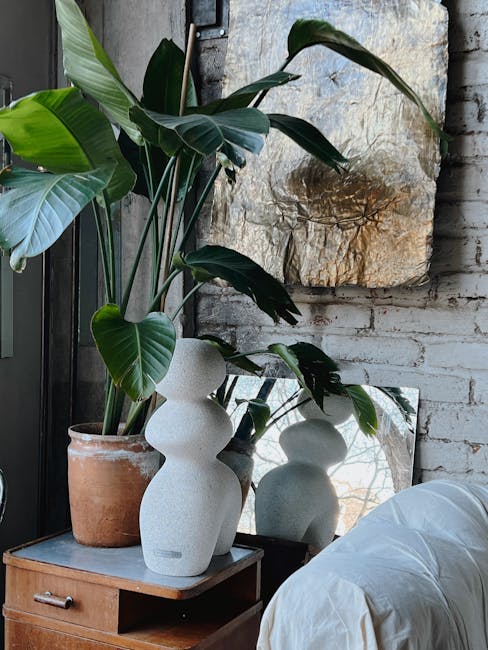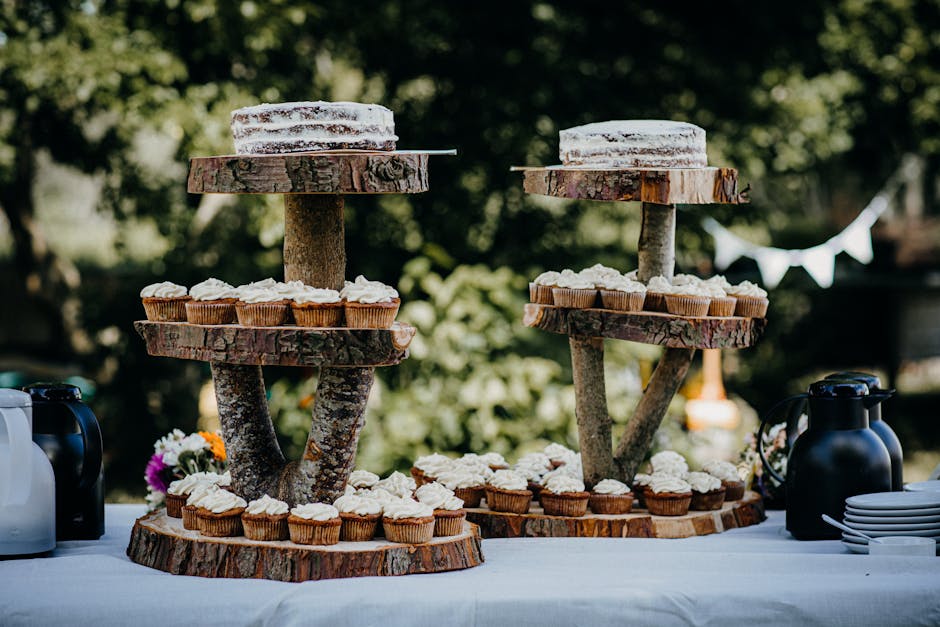How to Create a Vertical Garden with Recycled Materials
Introduction
Vertical gardens, also known as living walls, are a fantastic way to bring greenery into small spaces, enhance your home’s aesthetic, and even grow your own food. But did you know you can create a stunning vertical garden using recycled materials? Not only is this budget-friendly, but it’s also an eco-conscious way to beautify your surroundings. This guide will show you how to build your own thriving vertical garden using readily available recycled items.
Building Your Vertical Garden with Recycled Materials
Choosing the Right Recycled Materials
The beauty of a recycled vertical garden is its versatility. Here are some excellent options:
- Plastic Bottles: Soda bottles, water bottles, and even larger juice containers can be transformed into individual planters.
- Pallets: Wooden pallets are incredibly versatile and can be easily adapted into a tiered vertical garden. Ensure the pallet is heat-treated (HT) and not chemically treated (MB – methyl bromide), which is toxic.
- Tin Cans: Cleaned-out tin cans offer a rustic charm and are perfect for smaller plants like herbs and succulents.
- Old Gutters: Repurpose old rain gutters into long, narrow planters, ideal for growing leafy greens or trailing plants.
- Fabric Scraps & Old Clothes: Create fabric pockets on a backing board for a soft and unique look.
- Old Tires: Stack and paint tires to create a tiered structure perfect for larger plants.
Planning Your Vertical Garden Design
Before you start building, consider the following:
- Location: Choose a spot that receives adequate sunlight for the plants you intend to grow. Also, consider accessibility for watering and maintenance.
- Size and Layout: Determine the size of your vertical garden and how you want to arrange the recycled materials. Sketching out your design beforehand is helpful.
- Plant Selection: Choose plants that are suitable for vertical growth and the amount of sunlight your chosen location receives. Consider herbs, succulents, strawberries, lettuce, and trailing plants like pothos.
- Watering System: Think about how you will water your plants. A simple watering can will work, but a drip irrigation system can be more efficient, especially for larger vertical gardens.
- Drainage: Proper drainage is essential to prevent root rot. Ensure each container has drainage holes.
Step-by-Step Instructions: Creating a Vertical Garden from Plastic Bottles
Here’s how to create a simple vertical garden using plastic bottles:
- Gather your materials: Plastic bottles (various sizes), scissors or a utility knife, potting soil, plants, rope or twine, and a drill (optional).
- Prepare the bottles: Clean the bottles thoroughly. Cut a rectangular opening on one side of each bottle, large enough to plant your chosen plants.
- Drill drainage holes: If the bottles don’t have drainage holes, drill a few at the bottom.
- Create a hanging system: Drill two holes at the top of each bottle, one on each side. Thread rope or twine through the holes to create loops for hanging.
- Plant your plants: Fill each bottle with potting soil and carefully plant your chosen plants.
- Hang your vertical garden: Hang the bottles on a fence, wall, or railing, ensuring they are securely fastened.
Tips for Maintaining Your Recycled Vertical Garden
- Water Regularly: Check the soil moisture regularly and water when the top inch feels dry.
- Fertilize: Use a balanced liquid fertilizer every few weeks to provide your plants with the nutrients they need.
- Prune Regularly: Trim back any dead or overgrown foliage to encourage healthy growth.
- Pest Control: Inspect your plants regularly for pests and take appropriate action if needed. Use organic pest control methods whenever possible.
- Re-pot as Needed: As your plants grow, they may need to be re-potted into larger containers.
Conclusion
Creating a vertical garden with recycled materials is a rewarding and sustainable project that can transform any space into a vibrant oasis. By using readily available recycled items, you can save money, reduce waste, and enjoy the beauty and benefits of a thriving garden. So, get creative, gather your materials, and start building your own unique vertical garden today! You’ll not only be beautifying your home but also contributing to a greener planet.














Post Comment